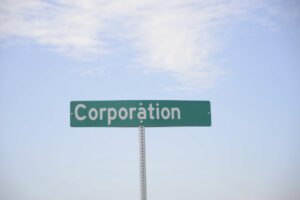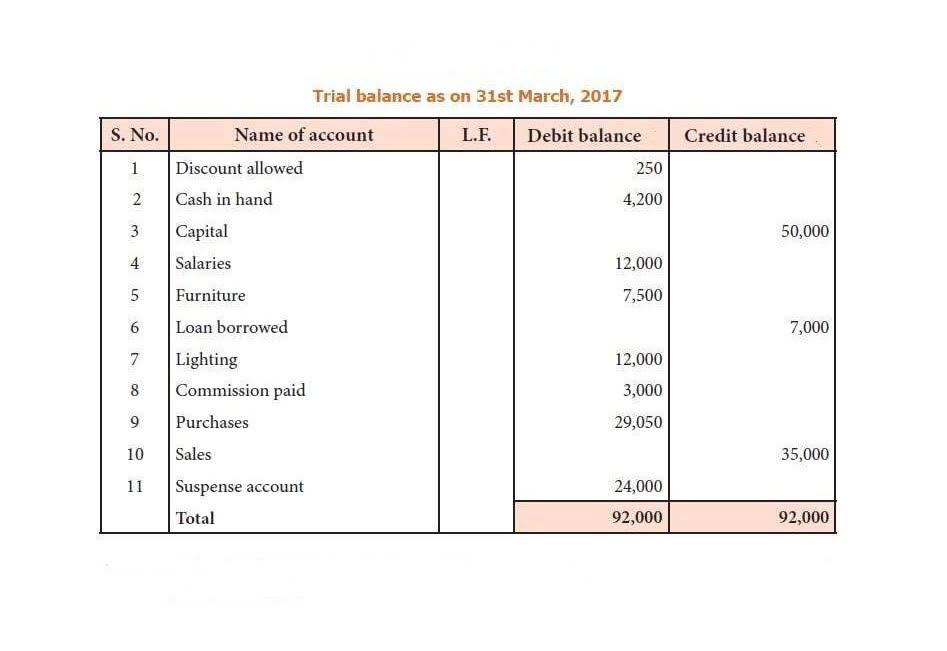Bookkeeping Journal Entries for Asset Depreciation and Write-off

It is important to note that all expenses incurred for the construction of the building are added to the cost of the building. These include purchasing construction materials, wages for workers, engineering, etc. An expenditure directly related to making a machine operational and improving its output is considered a capital expenditure. In other words, this is a part of the machine cost that can be depreciated. For example, installation, wages paid to install, freight, upgrades, etc. Shaun Conrad is a Certified Public Accountant and CPA exam expert with a passion for teaching.
- For instance, if your business sets a $5,000 cap limit, any purchase under $5,000 is expensed immediately.
- For the past 52 years, Harold Averkamp (CPA, MBA) has worked as an accounting supervisor, manager, consultant, university instructor, and innovator in teaching accounting online.
- In this method, the asset account is charged (credited) with depreciation.
- This may include wiring, switches, sockets, light fittings, fans, and other electrical fittings.
- Whether it’s vehicles, laptops, office furniture, or machinery, every business has fixed assets to manage.
- They might charge ₹4,000 in depreciation during the first year, and then a smaller amount the next year.
Depreciation Journal Entry
- This comprehensive accounting glossary defines essential accounting terms.
- An asset write-off typically occurs when it is discovered that an asset is impaired and cannot provide economic benefits in the future.
- This account works a bit differently—it’s what we call a “contra asset account.” What this means is that it lowers the overall value of your asset on the balance sheet.
- “Depreciation account” is credited to transfer depreciation into the P&L account.
- Let’s assume that ABC Co bought machinery for its manufacturing production of $50,000.
- Journal entry for depreciation records the reduced value of a tangible asset, such a office building, vehicle, or equipment, to show the use of the asset over time.
The furniture has a useful life of 5 years and a SAR 7,000 salvage value. You’ve chosen the straight-line depreciation method, which spreads the cost evenly over the asset’s useful life. Depreciation reduces the carrying cost of an asset every accounting period, but market value doesn’t always align with those changes.

Here are the Common Mistakes people make in Recording Depreciation

The journal entry of spreading the cost of fixed assets is very simple and straightforward. We simply record the depreciation on debit and credit to accumulated depreciation. At the end of useful life, the net book value of the asset equal to the cost minus accumulated depreciation.
Order to Cash
- But that would only matter if you have significant amounts of depreciation charges.
- When an asset is sold or becomes unusable, it is either written off or its residual value is salvaged.
- Depreciation is when something you own, like machinery or equipment, loses value over time.
- This scrap value can be disposed and this disposal is covered in another article on disposal of fixed assets.
- Let’s assume that a piece of machinery worth 100,000 was purchased on April 1st 2023, with a scrap value of nil and a depreciation rate of 10% (straight-line method).
- In this blog, we’ll walk you through the fundamentals of depreciation accounting entry.
The credit entry reduces the asset’s carrying amount in the balance sheet. In this example, if the sale amount is which of these are parts of the journal entry to record depreciation? $7,000 and the net book value is $6,375, a gain of $625 is realized, which will be credited. The asset’s original cost and its accumulated depreciation are credited and debited respectively to remove them from the company’s books. Understanding how to record these transactions is essential for accountants as they provide a historical record and accountability. Assets lose value as they age, and depreciation entries spread this cost over the useful life of an asset.
- Therefore, at the end of each year, its balance is closed and the account Depreciation Expense will begin the next year with a zero balance.
- In a fixed asset write-off, they recognize the remaining net book value as a loss due to an asset no longer being useful or recoverable.
- The journal entry of spreading the cost of fixed assets is very simple and straightforward.
- Now that you understand the journalizing of depreciation, we’ll next turn to look at the relationship between accumulated depreciation and depreciation expense.
- Let’s look at the different methods of calculating depreciation and how they impact your journal entries.
Types of Journal Entries for Depreciation

HAL ERP simplifies the process for you, ensuring accuracy and compliance at every step. To petty cash better understand depreciation, let’s distinguish between accumulated depreciation and depreciation expense. Discover how you can transform your fixed asset management processes with NetAsset. Accounting for depreciation provides an accurate picture of a company’s financial status by aligning the cost of an asset with the periods in which it generates revenue.


Depreciation is the process of allocating the cost of a tangible asset over its useful life. Companies need to account for the depreciation expense to adhere to the matching principle in accounting, which states that expenses should be matched with revenues. Fixed assets are an important component for any growing business, as they have long-term value and Interior Design Bookkeeping help generate income over time.
Understanding how to record depreciation is essential for keeping your books in order. The highlighted cells are the depreciation adjustments for the year. The best part of using a depreciation schedule is that it organizes everything in tabular format. However, whether you compute manually or create a worksheet, it essentially shows the same information. The life cycle of an asset includes its purchase, use, and disposal.